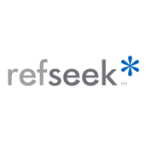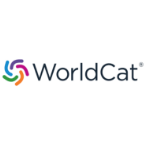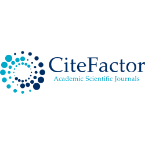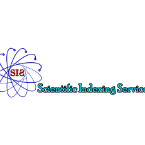Electrical cardioversion is the preferred treatment for unstable patients with life-threatening tachyarrhythmia. However, this can only be done if the patient is unconscious or sedated. In the case of a conscious patient experiencing cardiogenic shock due to broad-complex tachycardia in a prehospital setting, the pharmacologic treatment options are limited according to the Dutch national ambulance protocol. This is because Dutch ambulance nurses are not authorized to administer sedation without assistance from a physician-staffed service such as Helicopter Emergency Medical Services (HEMS). Unfortunately, physician-staffed services may not always be available. Therefore, there is a need for trained ambulance personnel who are capable of performing these procedures. Fortunately, nurse practitioners and physician assistants have emerged as viable care provider within Dutch ambulance care for several years now. These advanced practice providers (APP) are medically trained professionals and authorized to perform certain treatments and procedures that are supplementary to the ambulance process, including providing sedation. Yet not many ambulance services in the Netherlands are already using APP in patient care and implementation strategies are still being diligently sought. This case study highlights the life-saving potential of an APP within an ambulance service in the south of the Netherlands.
Case summary A 75-year-old man collapses while celebrating Carnival. His skin tone is pale and he is sweating profusely. His friends call the National emergency number and an APP arrives first at the scene. The man lies on the street in an overcrowded city center in front of a pub. The man has broad-complex tachycardia and is in cardiogenic shock with reduced responsiveness but still conscious. These life-threatening signs require immediate intervention and together with the ambulance team the APP creates a treatment plan. Instead of the treatment described in the national ambulance protocol, the APP decides on immediate cardioversion. After administering the sedation, synchronized cardioversion is performed once with 150 joules. After this, the parameters stabilize and the man is taken to a cardiac care unit in the nearest hospital with sinus rhythm and no adverse signs.
Discussion The case shows that direct cardioversion under sedation is feasible instead of drug treatment with a class III antiarrhythmic agent (amiodarone) and urgent transport with a patient who is in cardiogenic shock, with a high chance that a resuscitation situation would arise. This demonstrates the life-saving action of an APP. This perspective can provide new insights into prehospital treatment strategies for patients with arrhythmias.
Keywords: Ambulance, Emergency medical service, Advanced practice providers, Broadly complex tachycardia, Case report
Citation: van Vliet, R. C.W. et al. ( 2025). Prehospital Emergency Cardioversion And Sedation By Dutch Advanced Practice Providers, A Case Report. J Nurs Care Repo; 6(2):1-5. DOI : https://doi.org/10.47485/3065-7636.1039













